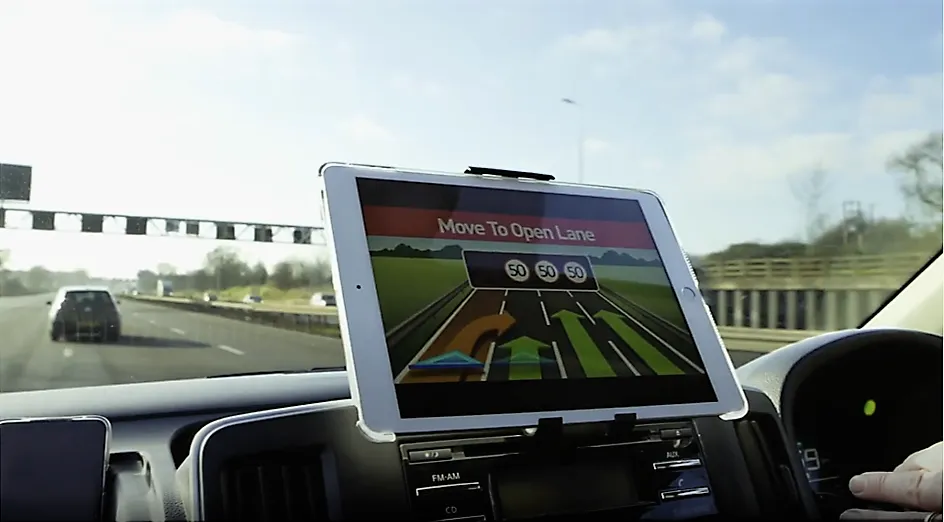
At EIT Urban Mobility, Europe's leading innovation community for urban mobility, co-funded by the European Union, we facilitate the testing and scaling of innovative transport solutions across cities. Our goal is to accelerate the adoption of sustainable urban mobility innovations.
Humanity is standing at the crossroads of climate crisis and collective action. Recent warnings from the Intergovernmental Panel on Climate Change (IPCC) and the EU on climate change urge us to expedite our journey towards climate neutrality. And the green transition requires two critical elements: speed and scale.
The transportation sector has been a key contributor to the climate crisis and must now transform to be part of the solution. The European Green Deal calls for a 90% reduction in greenhouse gas emissions from the transport sector. To achieve this goal, we must reimagine mobility in smart cities to be sustainable, inclusive and seamlessly integrated.
“It is key to leave behind the false dichotomy of public transport on one side and individual transport on the opposite side”
The key to this transformation is multimodality – a concept that harnesses the strengths of various transport modes, such as convenience, speed, reliability, predictability and cost-effectiveness. When viable alternatives are available, people naturally gravitate towards the most sustainable option. In Barcelona, the new urban bus system led to a growth of demand of 13.7% over five years (see International Transport Federation Public Transport Governance in Greater Barcelona discussion paper).
What are the obstacles?
However, the path to integrated mobility is paved with obstacles. Regulatory conflicts, institutional capacity gaps, talent shortages and funding challenges cast shadows on our progress. The blurred boundaries in governance, management and financing exacerbate the complexity.
To overcome these hurdles, collaboration is paramount. The power of networks and ecosystems play a pivotal role in creating and commercialising new solutions. No single organisation can innovate alone at the scale required. Public transport, historically fragmented across modes and scales, must break free from silos.
It is key to leave behind the false dichotomy of public transport on one side and individual transport on the opposite side. If we want to reduce the carbon footprint of transport, we have to use all modes of transport according to their individual strengths. Instead of modes operating independently, we have to integrate all available modes into one mobility system that will enable people to comfortably travel door-to-door on a tiny environmental footprint.

To provide an alternative to private car ownership in suburban, low-density areas, public transport must find ways to seamlessly bridge the first and last mile. by connecting with shared mobility and on-demand services. Smart cities use innovation and technology to create these integrated, more inclusive mobility solutions.
The European Commission is preparing a legal framework for Multimodal Digital Mobility Services (MDMS), promoting collaboration while ensuring competitiveness.
“The path to integrated mobility is paved with obstacles…To overcome these hurdles, collaboration is paramount”
Mobility Data Spaces (MDS) represent an important part of this framework, fostering trust, interoperability and sovereignty. The initiative of 17 European partners, PrepDSpace4Mobility, is pushing for common building blocks and governance frameworks for MDMS, streamlining the passenger experience.
The traditional engineer-build-operate model must evolve into an agile, collaborative build- test-and-learn approach. It's essential to align projects with the real needs of cities and citizens. Agile testing, while not guaranteeing success, accelerates the learning curve and leads to more viable solutions.
Cities are the frontrunners of the green transition. They have the interest of people at heart and the power to make changes: cycling infrastructure and reallocation of public space, low-emission zones, city tolling, parking regulations, etc.
How do we enable fast implementation?
To enable fast implementation of pilots and testing, we have set up an agile innovation programme called Raptor (Rapid Applications for Transport). Start-ups from all across Europe bid to solve concrete mobility problems in cities. The best-fitting solutions are implemented and tested in four to six months: 70% of agile projects so far have resulted in continuation of the cooperation and broader deployment.
Ultimately, collaborating in ecosystems is the main key for transforming to a sustainable mobility system. Stakeholders from diverse backgrounds must work together, sharing knowledge and experience. Partnerships, co-investments, common standards and interoperability are essential for innovative solutions to reach critical mass. Technology and innovation are important enablers for inclusive and sustainable transport solutions, and smart cities. By embracing multimodality, collaboration, and agile testing, we can chart a course towards sustainable, inclusive and climate-neutral urban mobility.
ABOUT THE AUTHOR

Maria Tsavachidis is CEO of EIT Urban Mobility and president of Tomorrow.Mobility World Congress










